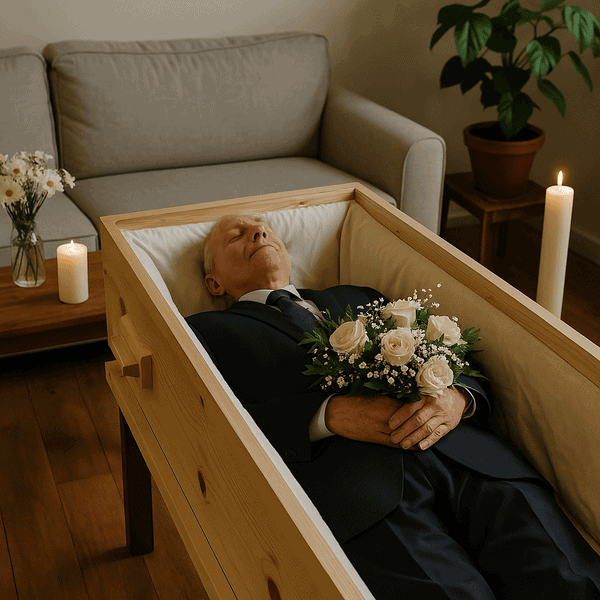Tips To Include Family Trees & Genealogy in Memorial Cards

4 Ways To Personalize a Casket for Your Little One
August 13, 2024
The Evolution of Funeral Ceremonies Throughout the Years
August 19, 2024Honoring a loved one who has passed away involves preserving their memory in meaningful ways. One such way is through memorial cards that encapsulate their life and legacy. Incorporating family history into these cards provides a fuller picture of the dearly departed’s life, connecting past and present generations. We will walk you through practical tips on how to thoughtfully include family trees and genealogy in memorial cards.
Importance of Family Records
Historical documents rich in family legacy weave past, present, and future generations together in a deeply heartfelt manner. It’s a privilege to look back on our family history to understand where we came from.
Memorial cards can serve as an impactful account of key details for a deceased family member. Families can discover when their ancestors were born and died, where they were buried, and even what they looked like. Continuing to include these details on funeral mementos carries this tradition to preserve family legacies and inform future generations of their heritage.
What To Include on a Memorial Card
There’s no wrong way to encapsulate a loved one’s memory in a keepsake. For those in need of guidance, consider including the following items to design a memorial card that highlights your loved one’s life and legacy.
Immediate Family Members
The first step to including the deceased’s family tree and genealogy on a memorial card is highlighting the immediate family members closest to them. This typically includes parents, siblings, spouse, and children, whose names and relationships paint a clearer picture of the family unit. Including this in custom prayer cards for funerals can be a comforting touch, serving as a tribute to the family bonds that enriched the deceased’s life.
Obituary Information
Obituary information tells the story of the deceased’s life, from birth to passing. It often highlights key life events, achievements, and characteristics that define them. Including a brief summary of this information on a memorial card encapsulates their life’s story, offering a snapshot of their personality and accomplishments.
Details About the Deceased
A memorial card should include details such as the full name, birth date, and final resting place location. These fundamental personal details will help you decide on a template or layout for this keepsake.
Designing a Piece of Family History
Designing a memorial card that incorporates genealogy requires thoughtfulness and careful fact-checking. Before sending a design to the printer, always double-check ancestry information using genealogy resources.
Preserving the card, perhaps by using quality paper or adding a protective laminate, ensures that it remains a treasured keepsake for years to come. The design should capture the respect and warmth that a commemorative piece deserves.
Preserving family history through memorial cards provides a lasting tribute to the deceased. Consider working with Honor You to create a meaningful funeral card design that highlights your loved one’s genealogy and legacy.


